Bored of yet another long list of old white male artists? Fear not. There are many women on show at the Venice Biennale this year making thoughtful, complex and deeply considered work. These are ten of most exciting names at Venice Biennale 2017.
Tracey Moffatt
Australia’s acclaimed filmmaker and photographer Tracey Moffatt will be showing a new body of work entitled My Horizon. Expect a discussion of global issues around what is legal and illegal, fictive and real, lost and remembered.
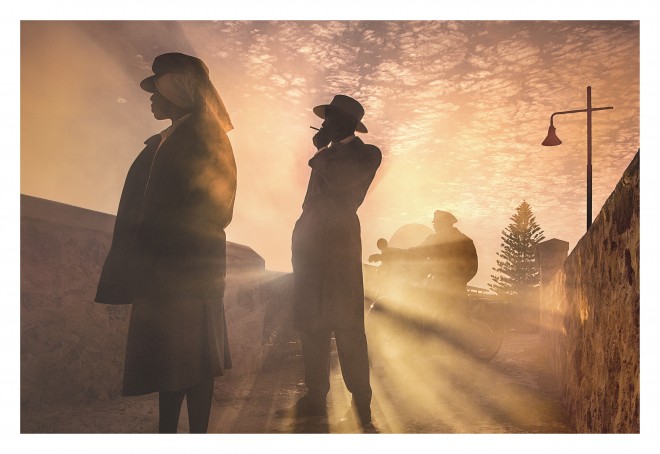
Hell (Passage Series) Tracey Moffatt Venice Biennale 2017
Kirstine Roepstorff
Scandinavia always has to share a pavilion at Venice, but a stand out should be the wild and weird collage based works of Kirstine Roepstorff. It’s hard not to enjoy the way the Danish artist transform our image and information saturated existence into inventive collage and montage work.
Carol Bove
Carol Bove, alongside duo Teresa Hubbard/Alexander Birchler, has created a pavilion which examines why Alberto Giacometti, despite being asked numerous times, refused to show in the Swiss pavilion Venice. The American artist’s sculptures and assemblages should make a great starting point for this instructional critique.
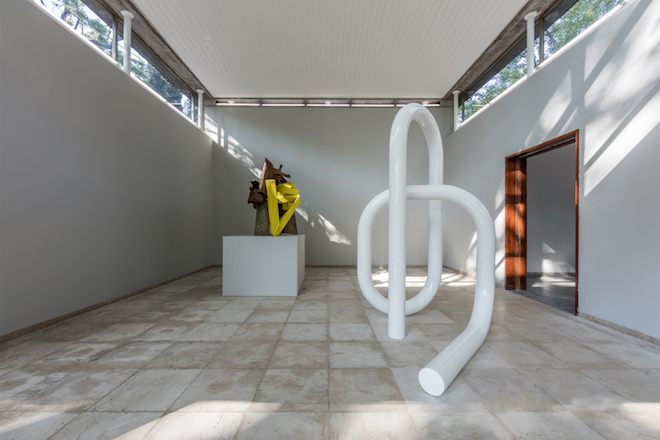
Carol Bove at Venice Biennale 2017
Geta Brătescu
This brilliant, entirely individual older artist is exhibiting her work for Romania (Londoners should go to Camden Arts Centre to see some incredible work by her from the 1970s). She can do anything from performance to abstract painting, embroidery to sculpture Proof that artist work truly gets better with age.
Phyllida Barlow
Finally another woman is getting a chance to take over the British pavilion! No one could fill it better than Barlow, with her painted, chaotic, building sized installations and sculptures. Barlow, who taught artists like Rachel Whiteread at the Slade, really hit it big after she ‘retired’. About time too.
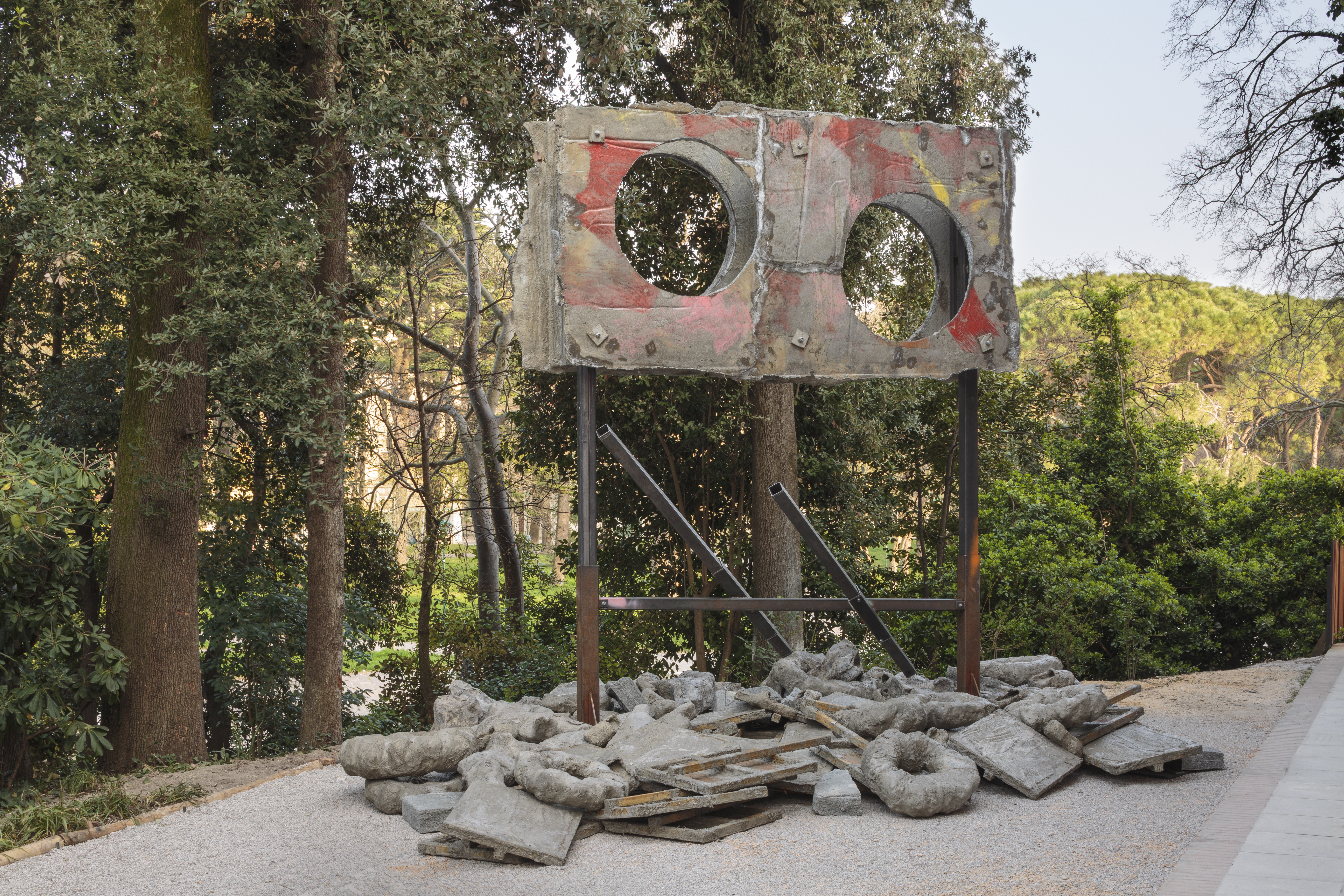
Installation view, folly, Phyllida Barlow, British Pavilion, Venice, 2017. Photo: Ruth Clark © British Council. Courtesy the artist and Hauser & Wirth
Candice Breitz
Breitz’s film installations just keep getting bigger and better. Following a killer show at KOW in Berlin starring Alec Baldwin, and a huge project at KW Berlin with Tilda Swinton last year, Breitz is taking on the South Africa pavilion with what is sure to be brilliant work on representation and identity.
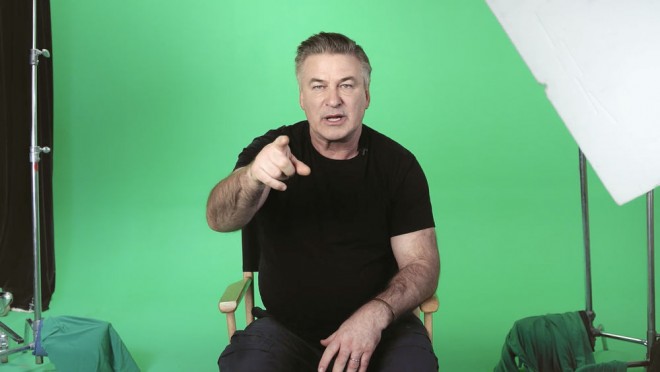
Candice Breitz, Love Story, 2016. Featuring Alec Baldwin and Julianne Moore
Martine Syms
LA artist Syms just keeps making good work. On the eve her of first solo show and feature length film at MoMA in NYC, she is also one of the finalists for the Future Generation Prize for work that takes on the structures of media and representation of Blackness.
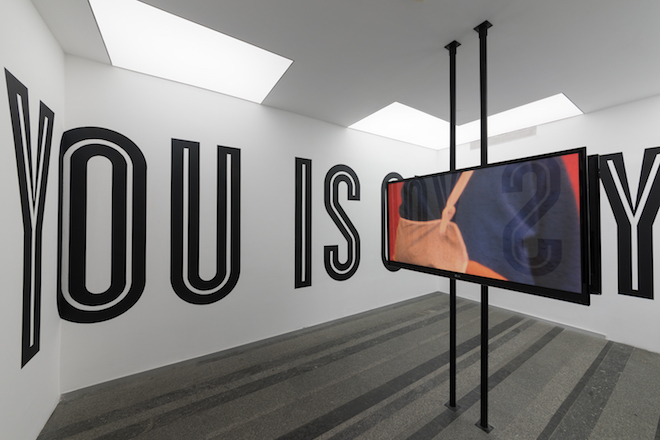
artine Syms (United States) Lessons I-LXXV, 2014-2017 Series of 0’ 30’’ videos. Courtesy of the artist and Bridget Donahue Gallery
Lisa Reihana
New Zealand representative Lisa Reihana’s paintings feel as if the could have been made in the 18th century as much as today. The main focus of her work is a wallpaper installation based on Captain Cook’s voyages using digital audio visual animation to explore the European fetishisation of the Pacific.
![Lisa Reihana, in Pursuit of Venus [infected] 2015, HD video (detail), Auckland Art Gallery Toi o Tāmaki, gift of the Patrons of Auckland Art Gallery.](https://www.twinfactory.co.uk/wp-content/uploads/2017/05/In_Pursuit_of_Venus_3.jpg)
Lisa Reihana, in Pursuit of Venus [infected] 2015, HD video (detail), Auckland Art Gallery Toi o Tāmaki, gift of the Patrons of Auckland Art Gallery.
Barbara Walker is one of 40 artists in this brilliant exhibition of emerging artist, curator and mentors being launched by Nicolas Serota, the Diaspora pavilion. Based in Birmingham, her drawings and paintings look at class, power and cultural difference.
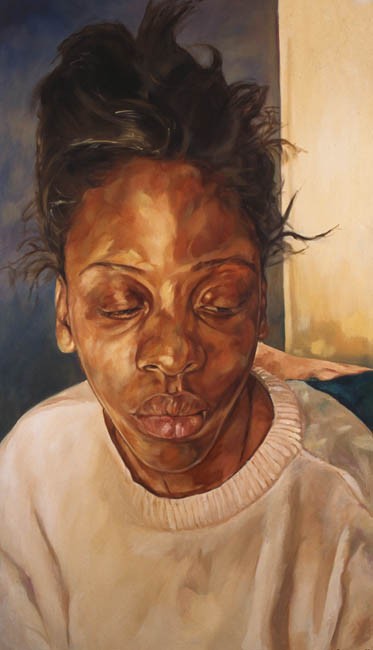
Barbara Walker, ‘Private Face ‘, exhibited at Midland Arts Centre, Birmingham, May – July 2002.
Dawn Kasper
Dawn Kasper is one of the women the central (female) curators the biennale has included in the main exhibition. A performance artist based in NYC, she studied under Chris Burden and Catherine Opie in LA, and make installation based projects about fear and panic – timely for our current emotional fall out then…
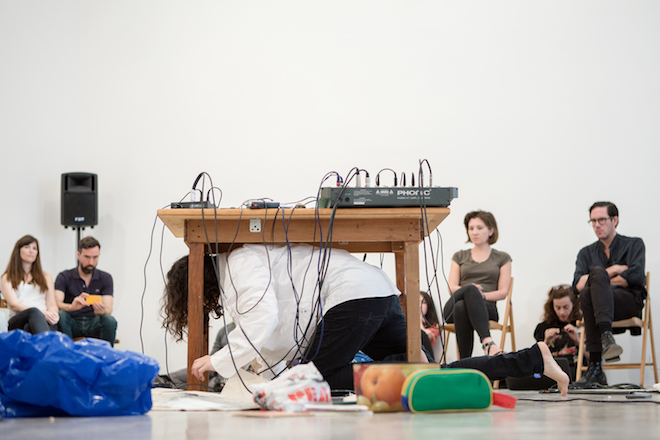
Dawn Kasper, ‘On Desire or the Method’, 2016
Tags: Feminism and art, Feminist art, feminist artists, Venice Biennale 2017
The ISelf Collection: Self Portrait as the Billy Goat is part of the Whitechapel Gallery’s program that displays rarely seen collections from around the world. The collection features twenty-five pieces from international artists, incorporating works by Cindy Sherman, Louise Bourgeouis and Tracey Emin, among many others. This is the first segment of the four-part show, which will explore the notion of self in terms of our identity as an individual, in relation to others, to society, and as part of the wider world. Through surrealist selfies and self-portraiture, the pieces in this chapter reveal how artists stage their own bodies or self-reflections, to examine how we build our sense of personal identity.
Among the works is Yayoi Kusama’s Infinity Nets, part of an ongoing series of white paintings that explore the inner workings of her mind, as well as Prem Sahib’s Undetectable sculpture of an AIDS test, and Pawel Althamer’s self-portrait The Thinker, in which he is represented as a Billy Goat, and from which the collection took its name. Each piece is a self-portrait, exploring physical, psychological and imaginary dealings with our selves. We spoke to curator Emily Butler to find out more about the collection.
Why did you want to have this collection at the Whitechapel Gallery?
This is the first public display of the ISelf Collection and it is part of our program of introducing intriguing and important collections to the public. The collection was established in 2009 by Maria and Malek Sukkar and it uses painting, sculpture and photography to explore the human condition. It looks at themes of birth, death, sexuality, love and pain and includes works by major international artists. We are also interested in revealing the collection’s wide geographic range, which includes works by artists from the Middle East and Latin America, and its strong focus on women and figuration.
Why was the collection named after the piece ‘Self-portrait as the Billy Goat’?
The first display of the ISelf Collection is named after one of the works in the show, a melancholic 2011 portrait of the artist Pawel Althamer in the guise of Auguste Rodin’s Thinker, with the additional twist that he is also representing himself as a flayed Billy Goat. The show itself focuses on self-portraiture, and the different ways that artists choose to represent themselves in various media. Here the artist chooses to show himself not as a perfect idealized thinking man, embodied by Rodin’s sculpture, but as an emotional individual, who feels sad as a scapegoat figure inspiring ridicule, or who feels weak, as we can see his bones underneath his flayed skin.
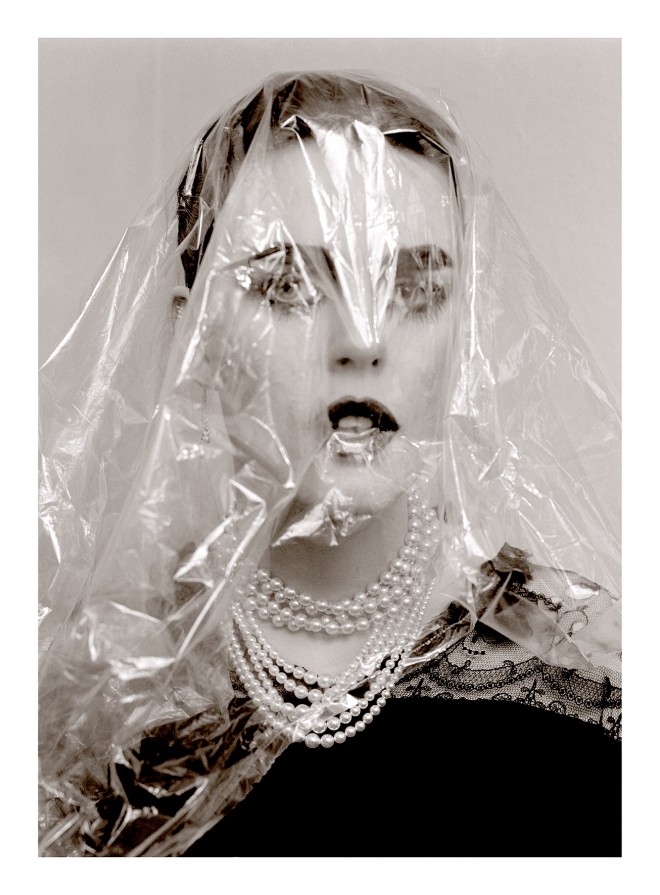
Linder © Whitechapel Gallery
What themes unite the works in the collection?
As mentioned, the collection is interested in the human condition, or the self, hence its name ISelf, which plays on the existential dilemma that is inherent to human nature; the relation between the idea we have of ourselves as individuals ‘I’, and our relation to others ‘myself’. This is why we have curated the show in four chapters, looking at the how artists explore the complex subject of human identity in its different forms.
How are the artists’ bodies, or self-reflections, used to bring out these themes?
The artists in this first display are looking at our sense of ‘self’, as all the works are self-portraits. Essentially this show examines what the ‘self’ in ‘self-portrait’ means. The fourteen artists in the display have chosen different approaches: physical, psychological and imaginary, to represent themselves. Pawel Althamer has chosen a figurative approach, testing the limits of his body in order to explore a range of feelings about his identity and persona. Yayoi Kusama offers a very different way of representing her thoughts and feelings by creating an intricate painting of connecting circles or what she calls ‘Infinity Nets’, essentially an abstract representation of the landscape of her mind.
Identity is integral to the collection. In what different ways do the participants explore identity in their work?
One of the earliest works in the show is a series of photo strips by André Breton and his friends from the Surrealist group. These were taken in 1929 in one of the first Parisian photo booths, and are a great example of experimental instantaneous self-portraiture. Rather than choosing a straightforward pose, they look sideways or away from the camera, playing with different poses – smoking, thinking or laughing. Taken at a time when the group were formulating their second manifesto, these images show their common interests in chance and the unconscious, but also their different personalities, as they choose to depict themselves as multi-faceted individuals.
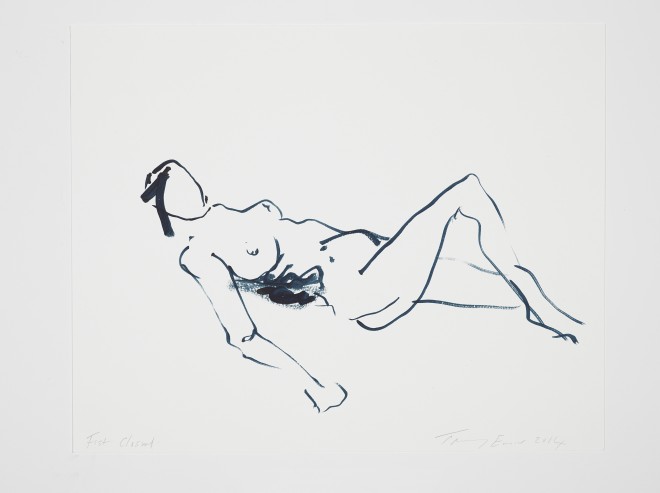
Tracy Emin © Whitechapel Gallery
Are there any works in the collection that particularly stand out to you?
We chose You search but do not see (1981-2010) by Linder for the cover of the catalogue as it is such a striking image. It intrigues us as the artist has depicted herself with an alluring pearl necklace in a New Romantics outfit, but it is also incredibly disturbing as she appears to be almost suffocating in a plastic bag. Here Linder is playing with how women have been ‘captured’ and idealized throughout art history and in present day mass media. Incidentally, this work was produced in a booklet accompanying the release of the artists’ punk band Ludus’ cassette, whose songs examine the subjects of hiding, searching and finding, evoked in the work’s title. However, there are many more exciting works in the display, and more to discover in the upcoming three other chapters of the show.
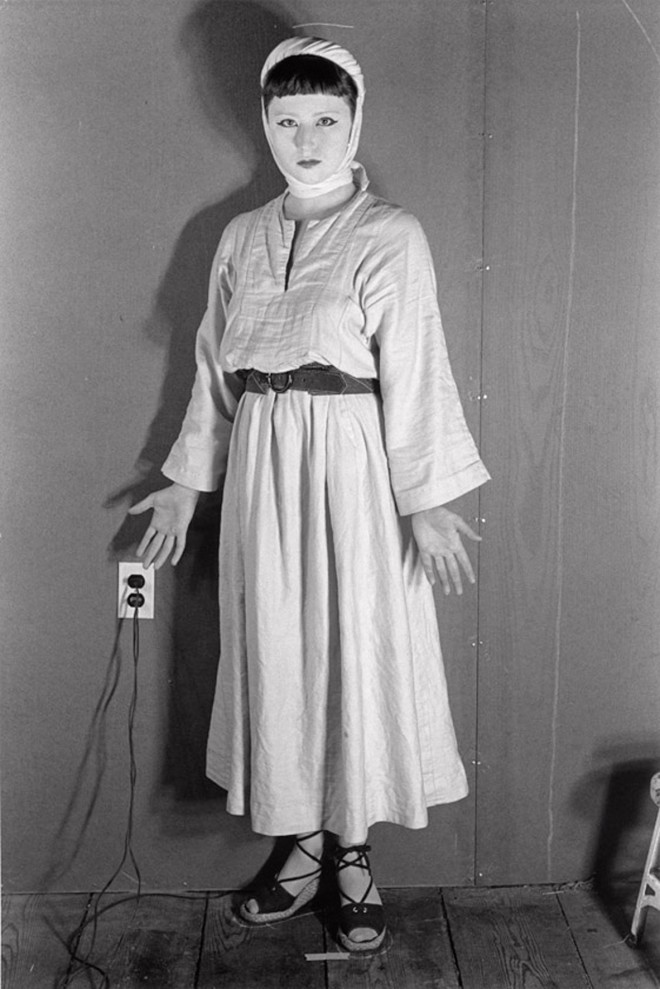
Cindy Sherman © Whitechapel Gallery
ISelf Collection: Self-portrait as the Billy Goat is on show at the Whitechapel Gallery from 27 April until 20 August 2017.
Tags: Feminism, feminist artist, feminist artists, london, Whitechapel Gallery
The Whitechapel Gallery plays host to a seminal new exhibition about the female form, bringing together exhibits from the National Museum of Women in the Arts of seventeen artists. The exhibition depicts women in constructed and natural environments through a range of photography and film. Through this examination of the female body, audiences are invited to join in scrutinising and empathising with new narratives around women; seeing the flux and mysteries of gender in new light.
The exhibition continues a conversation started by the late Franca Sozzani last year, that of subverting the idea of the gaze, and inviting a radical approach to the female perspective, both creator and subject. With work from artists including Marina Abramović, Rineke Dijkstra, Anna Gaskell, Nan Goldin, Charlotte Gyllenhammar, Justine Kurland, Nikki S. Lee and Hellen van Meene, audiences can again expect to be challenged and engaged – a must see exhibition in London this winter.
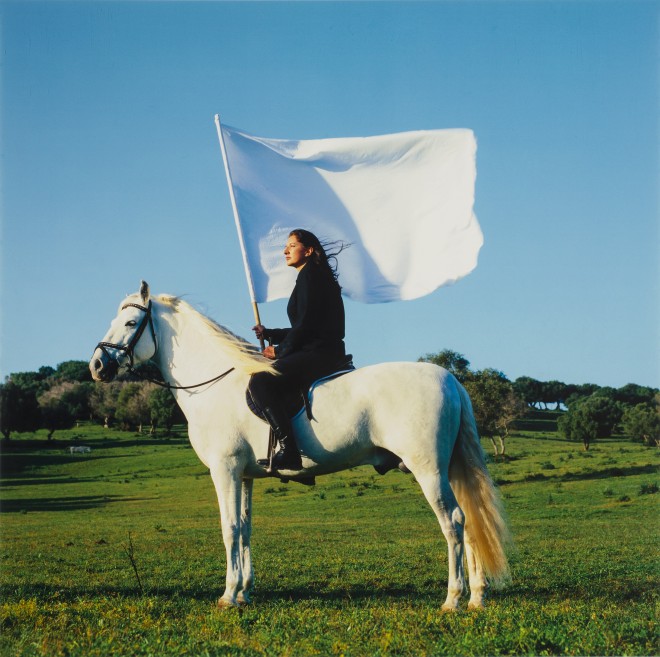
Marina Abramovic, The Hero, 2001.
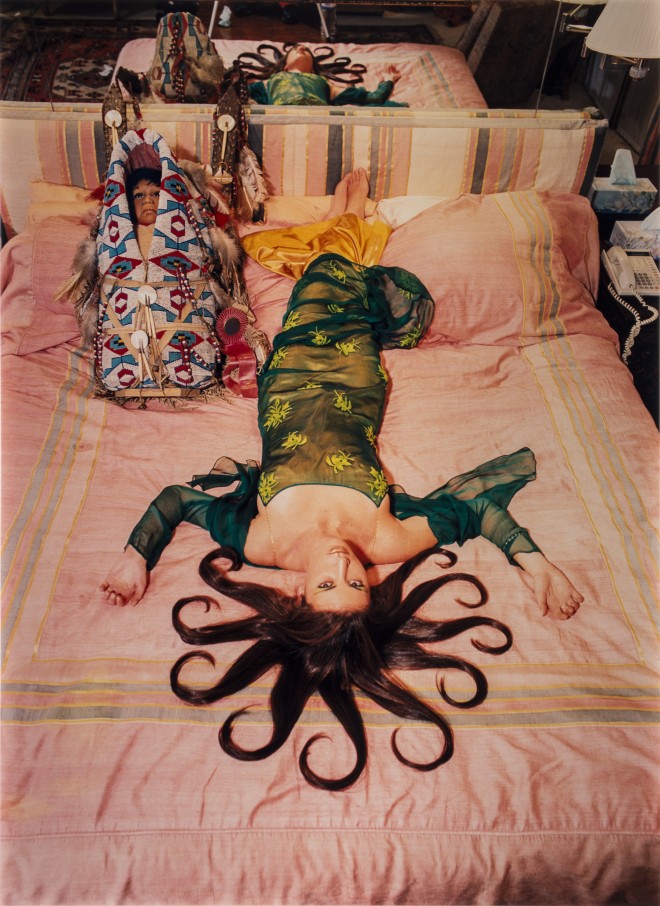
Daniela Rossell, Medusa, 1999.
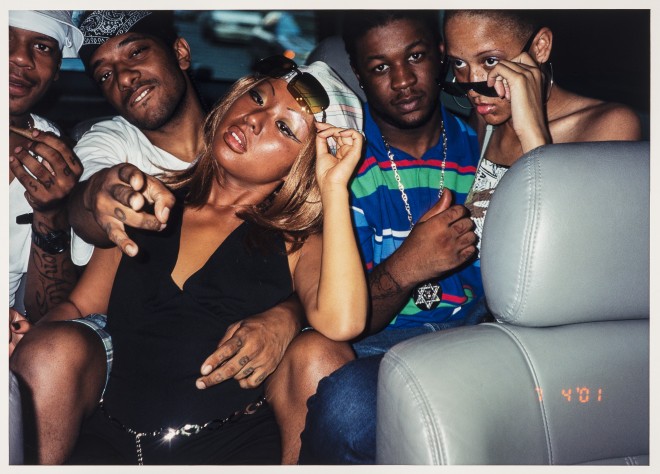
Nikki S. Lee, The Hip Hop Project, 2001
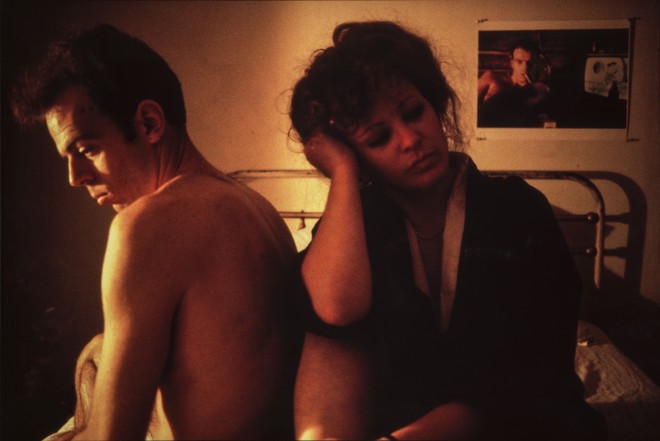
Nan Goldin, Self-Portrait in Kimono with Brian, NYC, 1983.
Terrains of the Body:Photography from the National Museum of Women in the Arts runs 18 January – 16 April 2017 at the Whitechapel Gallery.
Tags: Female Gaze, Feminism, feminist artists, London Exhibition, Whitechapel Gallery, women artists


![Lisa Reihana, in Pursuit of Venus [infected] 2015, HD video (detail), Auckland Art Gallery Toi o Tāmaki, gift of the Patrons of Auckland Art Gallery.](https://www.twinfactory.co.uk/wp-content/uploads/2017/05/In_Pursuit_of_Venus_3.jpg)
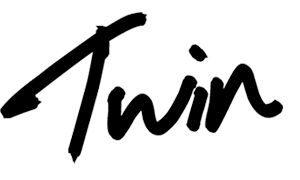
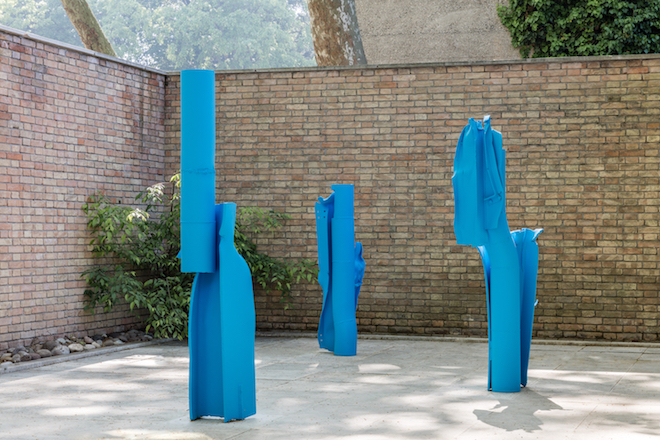





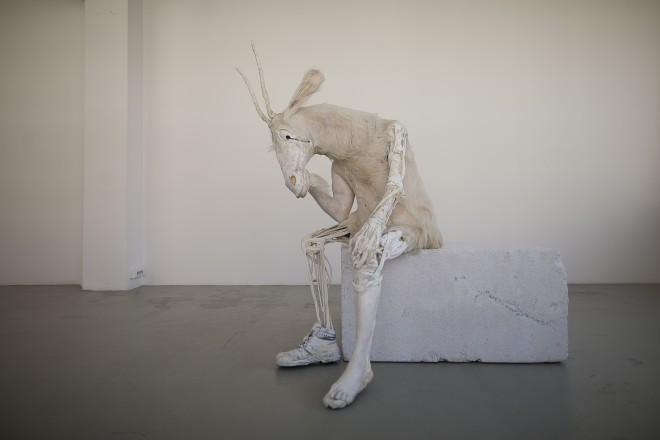



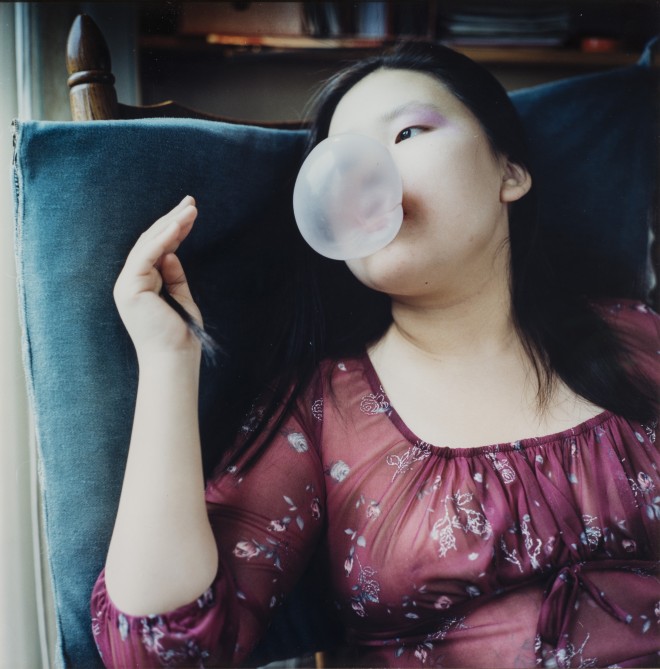





 Twitter
Twitter
 Tumblr
Tumblr
 YouTube
YouTube
 Facebook
Facebook
 Instagram
Instagram
